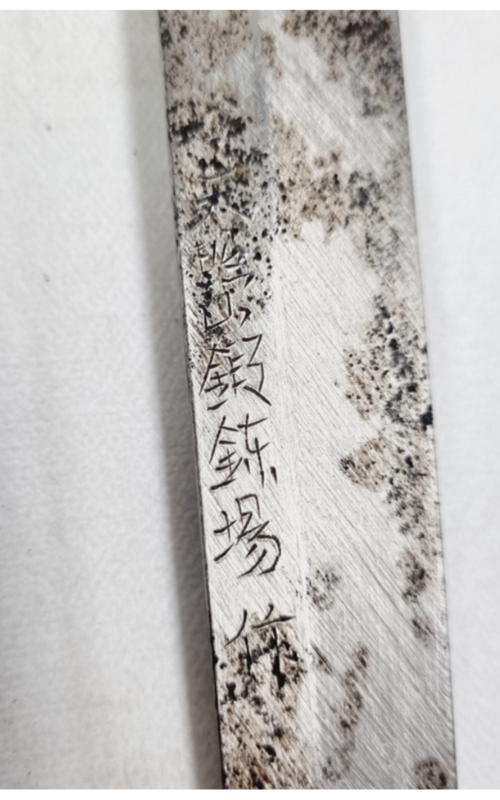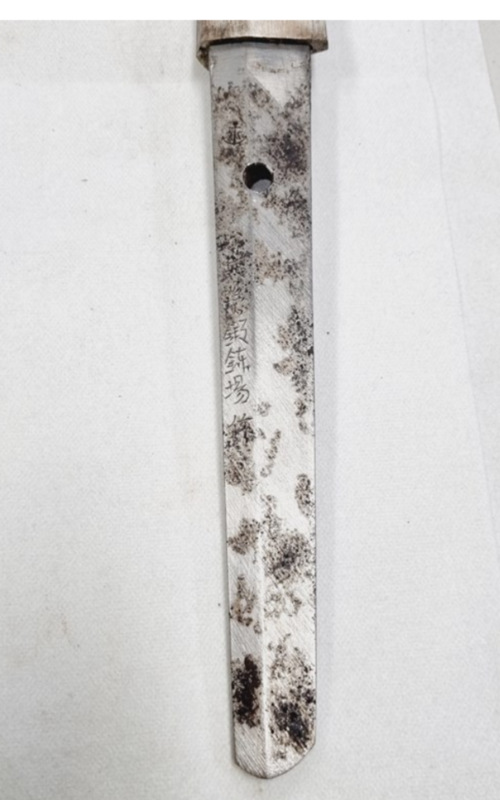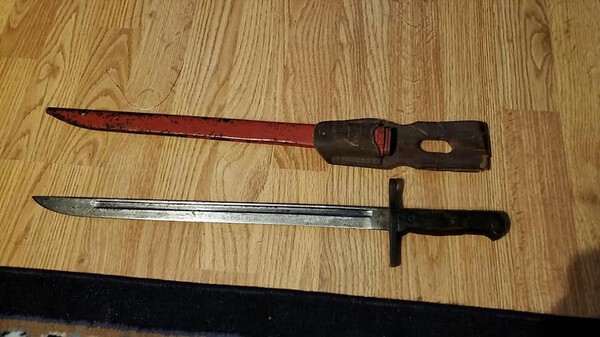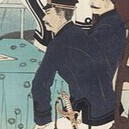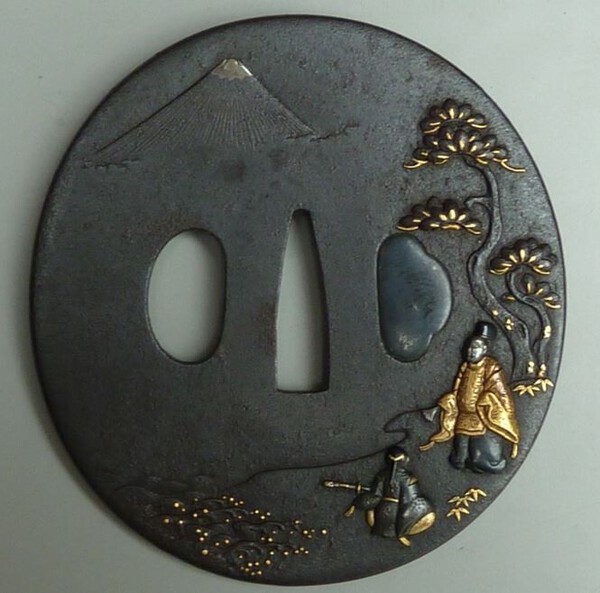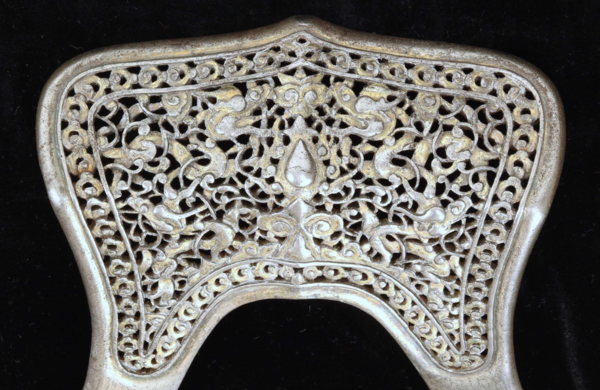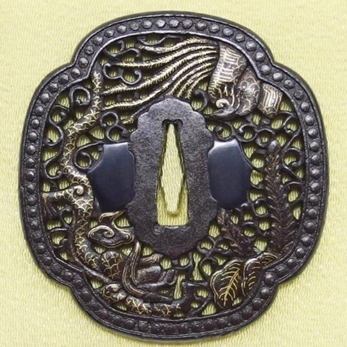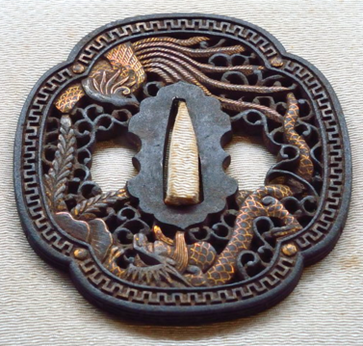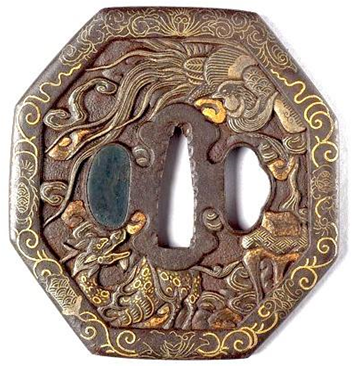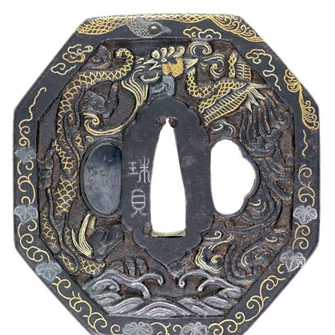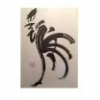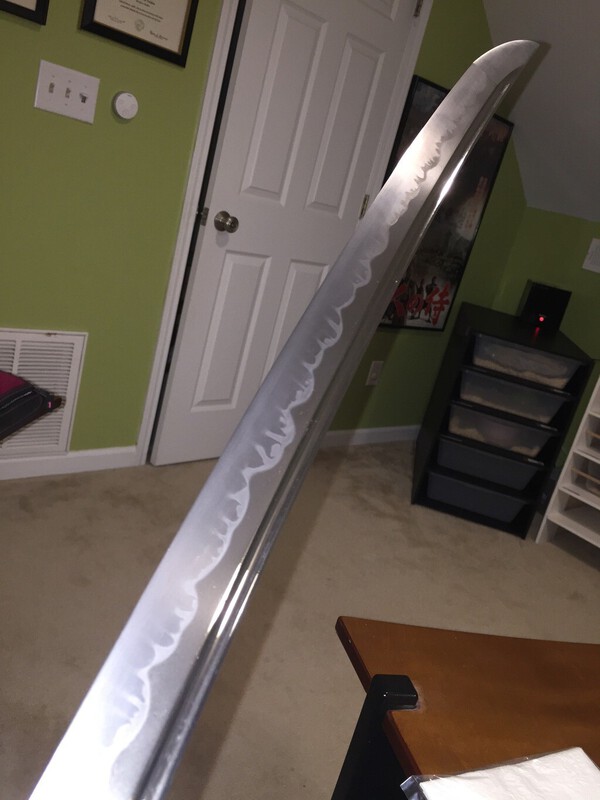Leaderboard
Popular Content
Showing content with the highest reputation on 07/08/2022 in all areas
-
Until Tokugawa Iyeasu united Japan around 1600, swords were made to be used in battle. Blade made in Kamakura & Nanbokucho eras were often used in battles, day after day, & are considered to be the epitome of sword uality. Over the next few hundred years, most of the early superior construction techniques were lost because they were never written down, & hundreds of years of war resulted in many inferior swords. Look up kazu-uchimono. But I have a katana that was made in 1302, that looks brand-new, & it's certainly in better shape than I am! I've trained in use of the sword for almost 4 decades, & this is the blade I would use, if CQC (close-quarter combat) was necessary. I suggest taking the "Nihontos suck as swords" as the BS it obviously is.4 points
-
佐藤兼住 = Satō Kanesumi plus a large Seki 関 stamp above. So as to save @Bruce Pennington some time, is there a date on the other side of the nakago? @mecox For a signature comparison, below is a link to another one. This one is courtesy of Kammell with a translation by Ray Singer. Any help would be greatly appreciated Addendum: Kanesumi 兼住 seems to have used a variety of signatures styles. There are several examples on NMB and they can be found by searching under Sato Kanesumi.4 points
-
Given that what I said above is very qualitative and that you'd really need to handle some different swords to understand the difference, I'll add some diagrams. Diagrams will be more useful than diving into physics and the associated technical terms; radius of Gyration, Mass at blade node, Hilt Inertia, Tip Rotational Inertia, etc. Here's the effective mass curves and agility diagrams of a few very different swords. Below is the effective mass curve and agility diagram for a katana. There will of course be quite significant variation from one specific blade to another, but in my experience this quite well shows the handling characteristics of a katana as compared to the other sword types shown above. As you can no doubt intuit from these diagrams, the katana will much more easily amputate arms or cut a man in two but is much less nimble. Clearly it's not just about mass (how heavy the sword is). Imagine lifting a bar loaded with 80kg, now imagine if all 80kg were loaded on one side of the bar... With the above in mind, the following videos should clarify the way the dynamics of the blade affect swordsmanship. Katana: Longsword: Épée (770g 90cm blade): Sabre (500g 88cm blade): Shinai (~500g ~80cm):3 points
-
Hi Piers I think we need to be clear……shibayama mounts such as this were never made to take a blade out of shirasaya. The vast majority contain blades that were “made” specifically for the shibayama mountings and are usually vague copies of assorted Tanto sugata usually with no hardening and made from whatever steel they could get their hands on. The sugata, as in this case is very awkward and the nakago is hastily formed…..all done to at least look a bit “old” to the Target market…..Meiji and Taisho period Gaijin who knew little about swords but loved works of art. I doubt it has any hada or hamon beyond a polished on Hadori “look alike”…..but that does not affect its value. Occasionally we find a “real” blade but it is nearly always defective in some way. We can find Wakizashi and Tachi in the same amazing shibayama koshirae and they have a better chance of having something old in them simply because they were aimed at the really seriously rich Gaijin and were very very expensive at the time. My comments are based on having owned (and restored) a great many of these flamboyant pieces in my previous life as a Meiji Art dealer. It’s a nice item….shame our I’ll informed UK government have banned the sale of such things……won’t save a single elephant sadly. All the best. Colin.3 points
-
https://markussesko.files.wordpress.com/2015/04/nihontocompendium-e1.pdf Courtesy of Markus Sesko2 points
-
2 points
-
Hi Chris, I think you're correct with Shigemitsu - 繁光 It's an unusual form of the kanji for "Shige" so he ought to be relatively easy to track down. There's a Suetsugu Shigemitsu signing in this way that looks a decent candidate but the military sword guys will be able to tell you more: https://www.aoijapan.net/katana-fukuoka-jyu-suetsugu-shigemitsu/2 points
-
Yes, of course, a Japanese sword will work just fine to murder an unarmed man. It'll work just fine even if you have no training, so long as you draw the blade successfully. That said though, a large shard of broken glass will work just fine for that purpose. However, you'd very likely lose a duel against an (equally skilled) opponent using any of a large variety of European sword types; though it would serve you much, much better than the aforementioned meat cleaver. The point being made here isn't on the basis of metallurgy, but on the basis of the different dynamics, handling characteristics, range, etc and the very different fighting styles which the swords lend themselves to. The question raised at the start of the thread is a very high level question, which is to say that it can't be answered succinctly. The most appropriate response really is to provide a list of a few books which lay out the foundation for the discussion, but I'm guessing you're not sufficiently invested in this to read 1000+ pages? On the point of quality, it depends how you define it. If quality (to your friend) means durability then he'll no doubt agree that overalls are higher quality than bespoke suits.2 points
-
2 points
-
2 points
-
For the record, this is the oldest known Tenshōzan blade marked with the 天照山鍛錬場作 signature. Prior to that time, they were made by either Fujiwara Kanenaga 藤原兼永 or Fujiwara Akimitsu 藤原昭光. Only about half of them have the Tenshōzan anchor stamp. The earliest being August 1939 and the last being June 1943.2 points
-
The problem is that some images shown are also likely gimei. The case where specialized text cannot be replaced by search.2 points
-
This isn't as simple as it might seem. I can explain this metallurgically and from the perspective of engineering (materials and dynamics) if you'd like, but it'll be a very long post and quite technical. The Japanese sword is a unique solution to a unique set of constraints. It is different in construction, metallurgy, geometry and dynamics from all other swords and is optimised for a different usage case. Having trained in JSA for many years I would certainly not select a Japanese sword for use in a duel. There are "superior" swords for any scenario (other than the draw cut).2 points
-
2 points
-
Not exactly a "Royal" but here is a Wakizashi made by Akamatsu Masanori during the Onin war siege of Fuoka Castle. Masanori was assisted by Osafune Munemitsu & Katsumitsu. He made few blades and all of them were political gifts. This blade is presently in Japan awaiting NBTHK shinsa. Masanori was known to have made only 14 blades, this one, No. 15 surfaced in the US a few decades ago.2 points
-
Just to add, often the shogun or Daimyo who had not treasure swords to offer, had a stock of o suriage mumei swords and offer them with a certificate of famous appraisers stating that the sword was forged by grand Grand Master so and so. Nobody was fooled and the blade could be reoffered a few years later and so on… Everybody was keeping face.2 points
-
There are many things wrong with the tsuka, profile, section, alternating ito and diamonds. As my father would have said, "t's a bent as a dogs hindleg!" This part is not Japanese, most likely a post war repair attempt. Nothing to learn from that so back to the blade folks. Forgot to mention leather 'kashira'. All the best.2 points
-
FWIW..The ito isn't alternating like it should be.2 points
-
Tough one, at least for me. It could fall into Hamano area or into one of the Mito sub schools from the later half of Edo period. I look at the flowers, water, and tree execution and think somewhere in the later Mito schools. One of my favorite tsuba was from the Uchikoshi (Mito sub school) Then I look at the horse's head and how it is executed, and I bounce right over to Hamano school. If someone has a more rock solid opinion, I'd love to learn what they see.2 points
-
Gents, I believe the appearance is a property of the steel itself and its response to corrosion. Reason?? I have a TENSHOZAN sword with a near identical rust pattern with area of pristine steel. I believe Robin's sword was once like the one I have, but Robin's nakago has been cleaned. I think it is clear that if I cleaned my nakago it would show the same pattern of rust and pitting.The mei is executed in the same thin characters. I might add this sword is BIG and is in a Shingunto koshirae. BaZZa.2 points
-
Putin...-- russian. ....I do not recognize his name.....Who is is man.....not often i write in is comunnity but i do choose persons who is worth of mention...1 point
-
Even if someone hasn't had the opportunity to handle a lot of swords, they'll likely have a decent intuitive grasp of dynamics from the use of racquets, bats, hammers, axes, etc. So let's imagine a continuum with a badminton racquet at the left and a hammer at the right. Further left gives greater manoeuvrability, speed and agility due to lower tip inertia (inertia referring to an object's resistance to change in motion). The low inertia of the head of the badminton racquet and the shuttlecock (weighing ~5g) results in measured speeds of the shuttlecock (in competition) of just under 500 km/h. Further right gives increased tip inertia so it'll cut more effectively but at the expense of manoeuvrability (as a direct consequence of the higher inertia). Basically it'll tend to continue along the path it is following, even when acted on by an external force (whether that be from the opponent's flesh or force applied at the hilt), meaning that it requires more force to change it's motion i.e. that a given force will result in a lower rate of change of velocity (i.e. lower acceleration) due to the greater mass (Force = Mass * Acceleration). You'd have just as little success driving a nail with a badminton racquet as you would playing badminton with a hammer. On our continuum, the rapier is (quite significantly) to the left of the katana just as the épée and sabre are to the shinai. Note that the shinai is lighter than the épéé but that the higher tip inertia requires (facilitates) an entirely different style of swordsmanship. The video below is perhaps of interest. It's worth keeping in mind though that a shinai is significantly lighter than a katana (so is faster, more manoeuvrable, etc) while the épéé is slightly heavier than the smallsword on which it's based (so the smallsword would be faster, more manoeuvrable, etc). These are all trade-offs in the design of the sword and, with a sharp weapon, I'd generally prioritise agility. Blunt force is very different. It's often a good strategy in boxing (for instance) to take two or more glancing blows in order to land one solid blow in return. Julio César Chávez vs. Meldrick Taylor (17 March 1990) is possibly the best example of this. Size and weight make a huge difference in blunt force, in fact one of best boxers of our generation recently lost in a big upset after moving up one too many weight classes and facing an opponent who was too big and strong for the difference in skill to carry the day. Sharp and pointy things change that entirely, in the absence of armour you only need to touch the opponent to end his life. In a duel I'd rather have the agility to cut first than have the tip inertia to cut deeper. All of that said, I'd always want a Japanese sword if duels, fights, etc were to begin with blades sheathed as opposed to blades drawn. A swordsman skilled in Iai will have killed his opponent with a draw cut before the opponent (armed with a smallsword for instance) has even begun to draw his blade. Hi Michael, Those are from an online tool called the Weapon Dynamics Computer. There's not much documentation provided: Documenting Sword Dynamics Walkthrough The tool facilitates quantifying the key variables for comparison of different swords. It's especially useful when you already have a frame of reference and want to understand the dynamics of blades you can't handle in person. This video gives a practical demonstration of the fundamental aspects of sword dynamics: If you ever have some spare time on your hands and want to get to grips with dynamics more generally I'd suggest this course. Dynamics is a knowledge world in and of itself so it probably can't be understood much beyond what we've covered here without running though the underlying physics. Sword dynamics is a quite simple application of dynamics, so I'm not sure if there exists any book specifically on the application to swords. If you watch this course though you'll be able to apply it to anything you want.1 point
-
Oh okay I see that makes sense. I looked into Suetsugu Shigemitsu, the extant mei examples don't really match up to this one in terms of style. I would bet its still most likely one of his, but kinda holding out hope on an earlier Shigemitsu. I'll upload the full nakago pictures as soon as I get them.1 point
-
@Ninja I have always found the “terrible steel” meme to be absurd. Not because it sounds crazy but because the people saying it are always guessing and a quick check of sources refutes them. Because a background in medical research I’m used to having to support every claim made with evidence so that makes guys guessing and assuming their guess is a fact seem wild. I would advice a check through google scholar: there is no evidence to support the claim nihonto had bad steel, especially for their time. In fact if you look at Yaso’s studies in metallurgic journals you can see it actually holds up surprisingly well even by modern standards https://www.researchgate.net/publication/264439179_Study_of_strength_and_toughness_in_Japanese_sword_produced_from_Tamahagane_steel_by_Tatara_process With all scientific sources contradicting the armchair I am forced to conclude he just made it up and thought it sounding plausible made it right. A guess is good enough to justify experiments. Not enough to guess a fact. “He concludes by writing that probably a kitchen knife from a Chinese butcher (or any culture with access to decent iron ore) of the same period was sharper, held the edge better, and was less brittle than most Japanese swords” One of the funnier ironies is that while HEMA reenactors without evidence have claimed medieval western swords were made of super steels, Sword and the Crucible, which referenced many studies found medieval and early modern western specimens were rife with slag inclusions, even in the edge which was something nihonto avoided. A devil’s advocate could with more credibility go “a kitchen knife from a Chinese butcher is sharper and less brittle than the medieval western specimens”. I don’t really believe that. The samples they looked at were likely not representative and many traditions like Toledo were known for excellence. But as is, there is ironically much more evidence of European swords having brittle slag rife edges than there is in Japan. In all honesty comparisons seem rather silly and too often are just people guessing. Now much more useful to me than armchairs guessing which sword is weaker than a Chinese butcher knife are studies that note parallels between Europe’s celebrated traditions and Nihonto. For instance Spain also used mild steel cores and harder edges. Perhaps convergent evolution lead to makers of working swords using that as a trick to improve toughness? https://www.researchgate.net/publication/328748284_Welding_by_Hot_Forging_of_Two_Carbon_Steels_for_the_Manufacture_of_Spanish_and_Japanese_Weapons1 point
-
1 point
-
1 point
-
Dear Piers, No, just the locust praying on the poor person's gourd. It has a potters stamp on the bottom that matches the first generation. I'll add better pictures in an hour or two. Only now do I realize how bad the photos are1 point
-
Here are some examples of what appear to be Japanese-made Katchushi and Tosho style tsuba which have added nanban nunome (overlay) patterns. I can think of three possible explanations: 1- These could have been Muromachi period Japanese exports, that were decorated in continental Asia for use there, then ended up back in Japan at some point. 2- They could have been made entirely in continental Asia, and they just copied the Japanese Katchushi and Tosho tsuba shapes. 3- They could have been "decorated" at one of the ports like Hizen (possibly even at a much later date than the production of the tsuba plate itself). There's no way to know for sure though... It's also possible that all three hypotheses are correct, resulting in multiple avenues for producing a similar outcome, and making it really difficult to pin down any one of these "histories" on any particular tsuba. The top and bottom pair of images show the omote and ura faces of one specific tsuba. It's interesting to note the difference in the treatment of the nunome outline of the seppa-dai on the opposing faces of the tsuba.1 point
-
There are many, many definitions of “quality.” From a practical standpoint (that of protecting one’s life on the battlefield), the best definition is “meeting the customer’s requirements.” For the sword, the prime requirements are: The sword must be sharp and able to cut well The sword must be resilient and able to resist breaking The sword must not bend during use The Japanese sword has throughout its history proven its ability to meet these requirements. While modern collectors’ definitions of quality might border on the purely aesthetic, the beauty prized by today’s connoisseurs is a by-product of meeting the above practical requirements; the beauty of the grain resulting from the forge folding methods to ensure resiliency and bending resistance, and hamon structure from differential hardening to ensure sharpness in addition to the resiliency.1 point
-
Sadly thats something I not care for haha but good alternative. I think there are more nihonto in Russia's treasury though 😁1 point
-
1 point
-
1 point
-
If we are talking about deadly objects, even a baseball bat or a stone thrown at the head can kill. Even if you drown yourself while eating you die.... I haven't seen it because I signed up yesterday1 point
-
I think Shiboyama is very neat. Europeans absolutely hated shirosaya and overall did not care that much about the blades. Emperor Nicholas the 2nd had something like 10-13 blades outfitted with scrimshaw carved mounts so at least they would have some presentable look rather than shirasaya. However pre-Edo displays also tended to be in expensive mounts and never just shirasaya.1 point
-
Thanks Thank you for the explanation. You killed me with the last example1 point
-
1 point
-
1 point
-
Thanks for your comments Baz and Bruce. 'FWIW' that confused my for a moment Bruce ...... FTR (look that one up ) this Tenshozan tanrenjo (Kai Gunto) is unfortunately, not my sword notwithstanding my best efforts. Rob1 point
-
That looks like a typical circa 1920 collectable from a European traveler to Japan. They loved these things. It would cost some good money today, they do well at auctions and in Japan. The blade is most likely shinshinto or even very early showa.1 point
-
1 point
-
Thank you Dale and John for your nice exemples and for having given the exact topic of my tsuba as I was totally wrong. I was reluctant to assign a Hamano school influence to it but It is probably the case.1 point
-
Good evening Bruce, I saw your Kaigunto when looking on this forum about Yoshishige. Very similar sword ! The need for stamps indicating a good quality Showato would completely make sense, especially when swordsmiths are also known for other high quality productions. We had exactly the same need in Europe during XIXth century when evolving from artisanal swordsmiths production to large scale industrial production, having as a consequence some concerns about swords quality. For example during the 1880s the procurement scandal in UK, after a series of incidents with broken army and navy swords at combat. British had as a consequence the "prooved" stamps on their swords, and other quality labels appeared at the same time abroad like the "Eisenhauer" (cutting metal) mention on Solingen swords or equivalent "Yzerhouver" in the Netherlands. Purpose was to certify quality of industrial swords. We could have exactly the same logic in 1930s Japan, in need for a mass production but guaranteeing combat-ready swords. That's just hypotetic but that would make sense to consider these stamps indicate good quality showato. Still not Gendaito but intersting for those looking for military swords like we do.1 point
-
Dale is correct about the subject, it is Ariwara no Narihira (825-880) writing one of his famous poems. Toki shiranu yama wa fushi no ne itsu totemo ka no komadara ni yuki no furu ran Fuji is a mountain that knows no season. What time does it take this for, That it should be dappled with falling snow? I also have an iron tsuba with this subject (attached). Narihira was also the author of the poem that provides the subject for the yatsuhashi (8 plank bridge) so popular in Kyo sukashi tsuba (Karakoromo kitsutsu narenishitsumashi arebaharubaru kinurutabi oshizo omofu.) I have a beloved wife. Familiar as the skirt of a well- worn robe And so this distant journeying fills my heart with grief Apparently written when he was banished from Kyoto for having an affair with a high born lady of the court. So much for the beloved wife! best regards, John1 point
-
Quite an interesting piece. Leather ito. Can you tell what the mekugi is made of? The remains of the leather cover over a civil saya says, to me, at least the saya was original to the war period. I have seen a few showa stamped blades in civil fittings, then refitted for the war effort. No idea how or why the blade went civil first. But it's not unheard of. I'm impressed by how deeply that Showa stamp was imprinted! Maybe the nakago was still hot when struck? This is the first Kunishige blade I've seen with a stamp of any kind.1 point
-
Oh and as Ian pointed out, there's definitely some influences from Tibet (and I'll add Vietnam as well) in some Nanban tsuba. "Nanban" is referencing a giant cross-cultural meeting point and sharing of ideas. There are a quite a few tsuba examples that get really difficult to pin down to a specific area of production because there are elements of multiple cultural motifs and techniques all wrapped up in the same tsuba. There's tons to sort through and lots to learn about. Here's a late Ming period (1500s-1600s), decorative horse saddle side plate: more info on it here: https://mandarinmansion.com/item/tibetan-style-pierced-saddle-plate1 point
-
1 point
-
1 point
-
天照山鍛錬場作 – Tenshozan tanrenjo made 昭和十五年二月吉日 – Showa 15th year (1940), 2nd month, a lucky day1 point
-
1 point
-
1 point
This leaderboard is set to Johannesburg/GMT+02:00




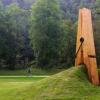

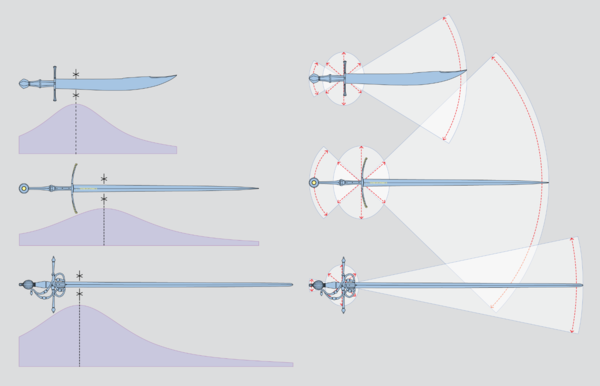
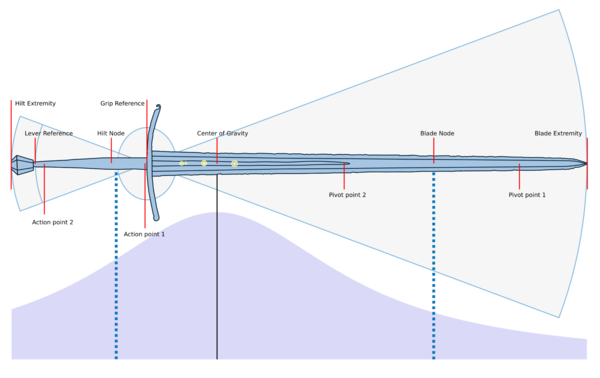
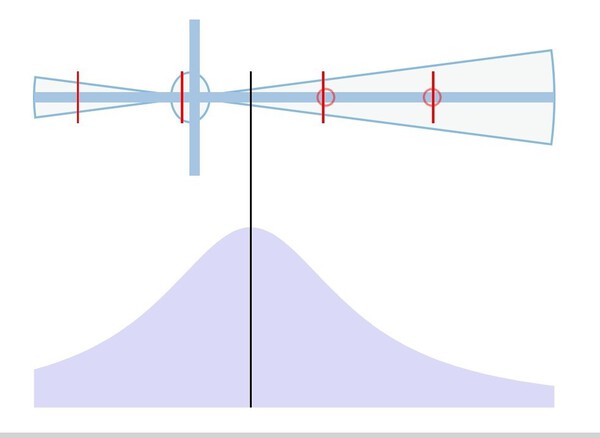

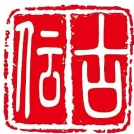

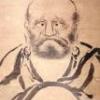
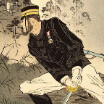
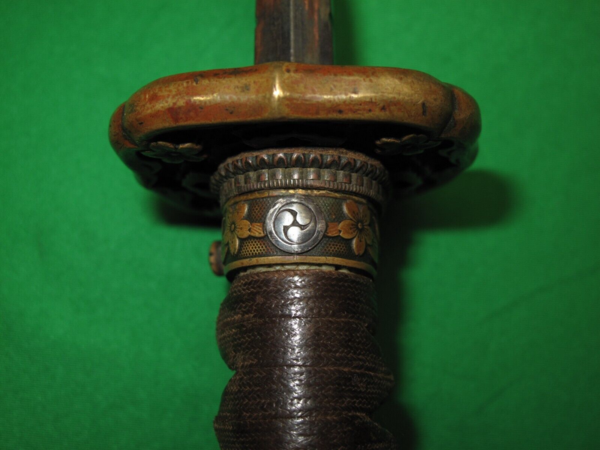
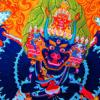






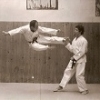


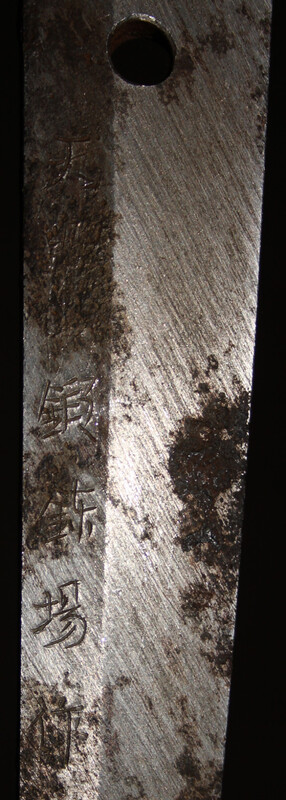

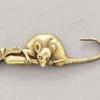

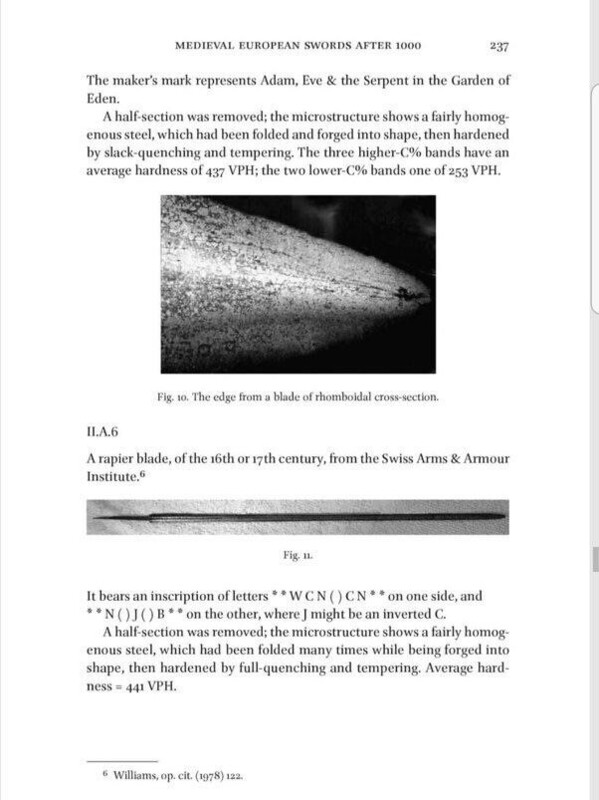

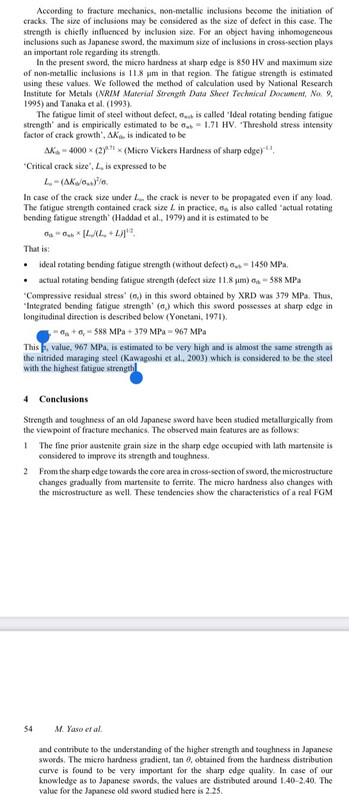

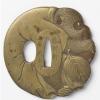

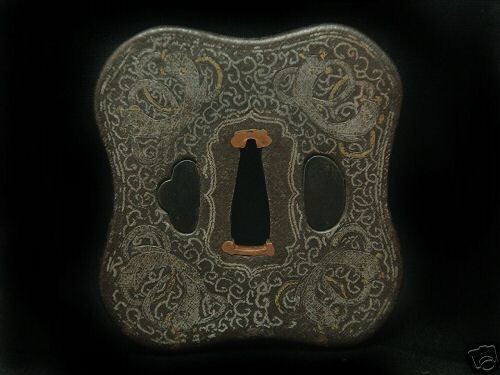
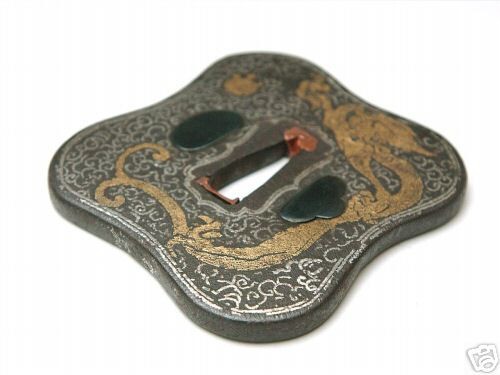


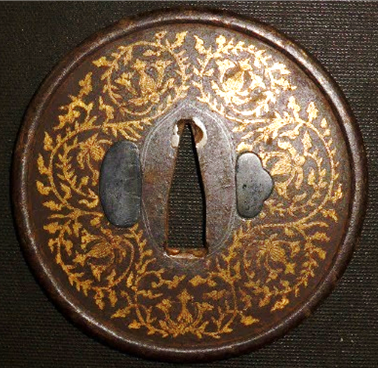
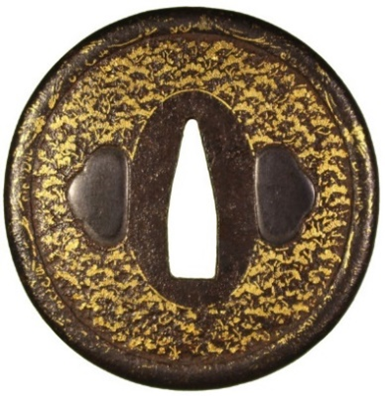
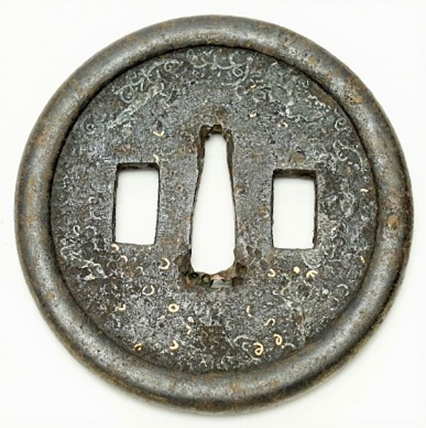
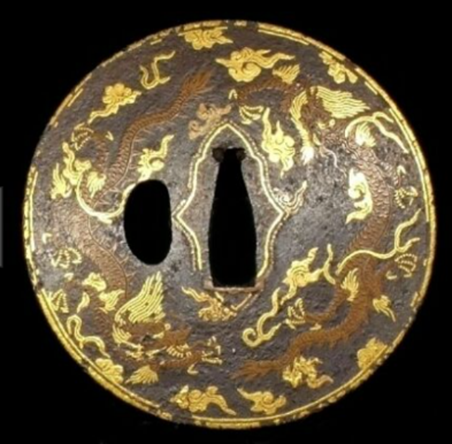
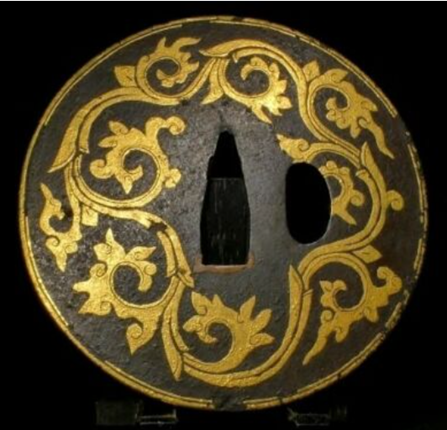
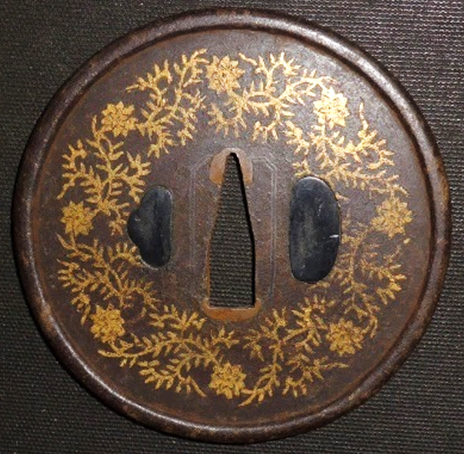

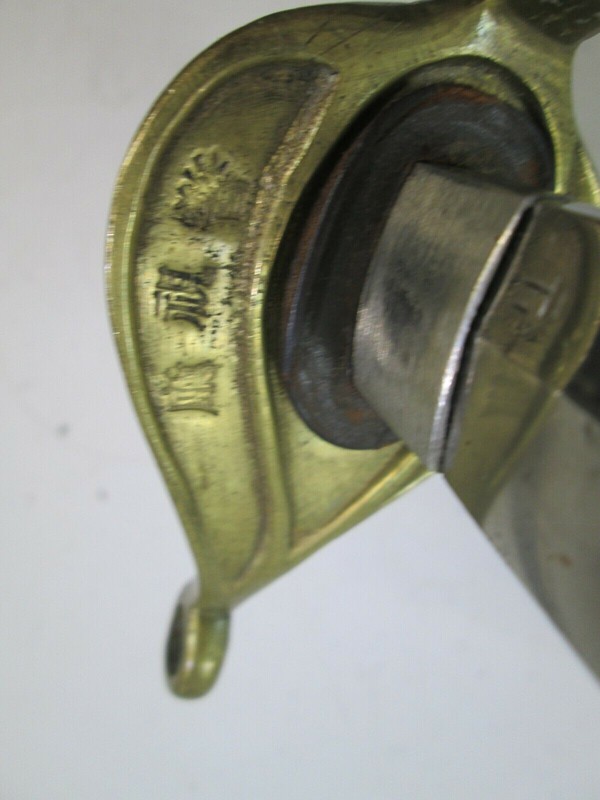
.thumb.jpg.c3c86cb73a1c078d7e202f02ad589b4e.jpg)
